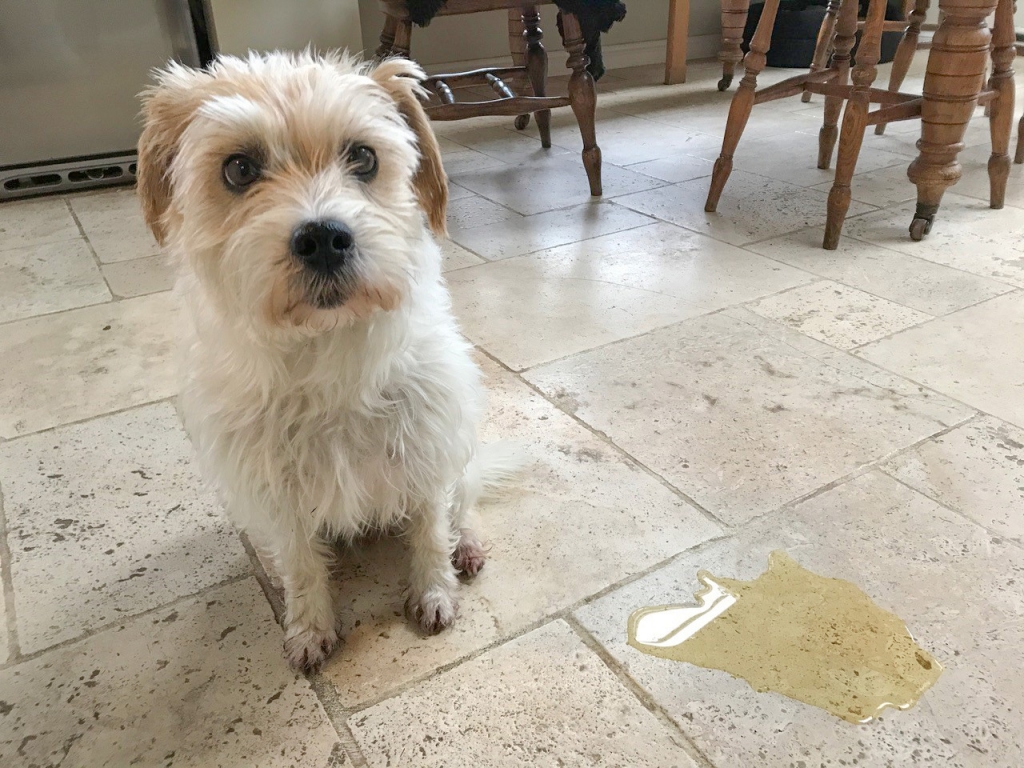
New JSAP Study Identifies Early-age Neutering As A Major Risk Factor For Early-onset Urinary Incontinence In UK Bitches
New JSAP study identifies early-age neutering as a major risk factor for early-onset urinary incontinence in UK bitches
A recent study, published in the latest issue of the Journal of Small Animal Practice (JSAP), has identified neutering itself and early-age neutering as major risk factors for early-onset urinary incontinence (UI) in bitches.
The study titled Associations between neutering and early-onset urinary incontinence in UK bitches under primary veterinary care1 was undertaken by Pegram et al. at the Royal Veterinary College, UK. A retrospective cohort study design was used to explore associations between neuter status and age at neutering with early-onset urinary incontinence (UI) in 72,971 bitches, accounting for other demographic risk factors. Early-onset UI was defined as UI diagnosed at ≤8 years. The study utilised veterinary clinical data from the VetCompass Programme, which collects anonymised electronic patient record data from primary-care practices in the UK for the purposes of epidemiological research.
Camilla Pegram, lead author of the paper said: “Neutered bitches showed an increased hazard of early-onset UI compared to entire bitches. Furthermore, bitches neutered before six months of age had a significantly increased hazard of early-onset UI during the first year following neuter compared with those neutered between six–12 months, although this increase was only present for two years following neuter. Heavier bitches and bitches of particular breeds (including the Irish setter, Dalmation, Hungarian vizsla, Dobermann, Weimaraner and English springer spaniel) also had an increased hazard of early-onset UI diagnosis.”
The accelerated time to early-onset UI following early-neuter suggests a potential hormonal aetiology, which would warrant further research in this area. In addition, the current study did not evaluate the surgical method of neutering or its timing in relation to first oestrus because there was limited information available in the clinical records, and so further research to investigate these factors would be beneficial.
Nicholas Jeffery, editor of JSAP concluded: “UI has direct implications for the welfare of the individual dog and is one of the main contra-indications for neutering bitches. The findings of this study provide robust evidence underlying neutering advice to dog owners.”
Whilst the results of this study may be concerning for owners considering neutering their dog, the potential benefits of neutering – including reduced risk of mammary gland, uterine and ovarian diseases, preventing unwanted litters of puppies, and avoidance of bloody vaginal discharges and excessive attention from male dogs during the season – should also be considered2.
The study was funded by PetSavers, the charitable division of the British Small Animal Veterinary Association. Funded solely by charitable donations, PetSavers has invested more than £2 million in vital clinical research and training programmes over the past 40 years to advance clinical investigations into pet animal medicine and surgery. For further information on PetSavers visit: http://www.petsavers.org.uk/Apply-for-funding
The full article can be found in the December 2019 issue of the Journal of Small Animal Practice which is free for BSAVA members. It can also be read online here: https://onlinelibrary.wiley.com/doi/full/10.1111/jsap.13072
For information on how to become a BSAVA member visit https://www.bsava.com/Membership/Member-categories
1C. Pegram, D. C. Brodbelt, D. B. Church, J. Hall, L. Owen, Y.-M. Chang and D. G. O’Neill (2019) Associations between neutering and early-onset urinary incontinence in UK bitches under primary veterinary care. Journal of Small Animal Practice, 60(12). Available at: https://onlinelibrary.wiley.com/doi/full/10.1111/jsap.13072
2Romagnoli, S., Sontas, H. (2010) Prevention of breeding in the female. In: G. C. W. England and A. von Hemiendahl, eds. BSAVA Manual of Canine and Feline Reproduction and Neonatology. 2nd Edition. Gloucester: BSAVA. pp. 23-33.
More from BSAVA
- Veterinarians are frequently prescribing metronidazole in contradiction to antimicrobial use guidelines, new study finds
- BSAVA to champion clinical research at BVA Live 2026
- Nominations open for the 2026 BSAVA Awards
- BSAVA PetSavers awards funding for eight new clinical research grants
- BSAVA launches Rover: A groundbreaking AI tool for veterinary professionals

 6 years ago
6 years ago  2123 views
2123 views
